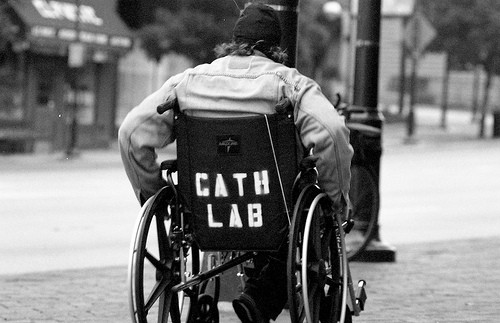
A new drug can help cure spinal cord injury and even restore certain functions, latest research shows.
Researchers have found that accumulation of molecules called proteoglycans in scar tissue after the central nervous system injury prevents nerve cells from re-growing. However, the drug called intracellular sigma peptide (ISP) reverses this process by activating the paralysed muscles, allowing nerve fibres to regrow.
According to the team at the Case Western Reserve University School of Medicine, the new drug succeeded in restoring movement and bladder function in 21 out of the 26 rats tested.
"This recovery is unprecedented," senior author of the study Jerry Silver from the Case Western Reserve University School of Medicine, said in a news release. "Each of the 21 animals got something back in terms of function. For any spinal cord-injured patient today, it would be considered extraordinary to regain even one of these functions, especially bladder function."
Researchers designed the ISP in such a way that it turned off the proteoglycan switch and enabled it to penetrate into the membranes of scar tissue cells.
Silver and colleagues tested their drug on 26 rats with a severed spinal cord. The daily injection helped restore moving, balancing ability and bladder function in 80 percent of the rodents.
Scientists hope that their findings will help people affected with spinal cord injuries.
"There are currently no drug therapies available that improve the very limited natural recovery from spinal cord injuries that patients experience," Dr Lyn Jakeman, a program director at the NIH's National Institute of Neurological Disorders and Stroke, Bethesda, explained. "This is a great step toward identifying a novel agent for helping people recover."
The study has been detailed in journal Nature.
Researchers from different parts of the world have been trying to help people who become bed-ridden with spinal cord injury. In October, a team of doctors restored the walking ability of a 38-year-old man whose spinal cord was sliced in half by his partner's ex-husband. The team constructed a nerve bridge between the damaged spinal areas and regrew the severed spinal nerves with the help of certain nerve cells from the nose, known as olfactory ensheathing cells (OECs).








